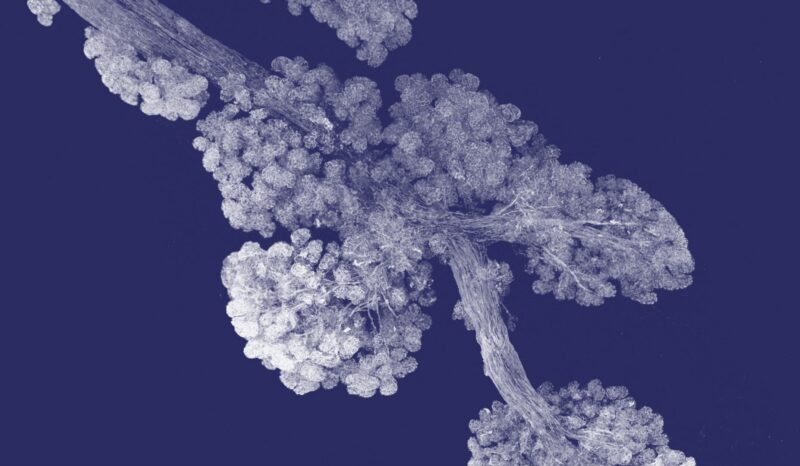WEHI PhD Completion Seminar hosted by Professor Jane Visvader
Shirley Song
PhD Student – Lindeman/Visvader Laboratory, ACRF Cancer Biology & Stem Cells division – Cancer Research and Treatments Theme, WEHI
Investigating the immune microenvironment during breast cancer development and understanding invasive lobular breast cancer


